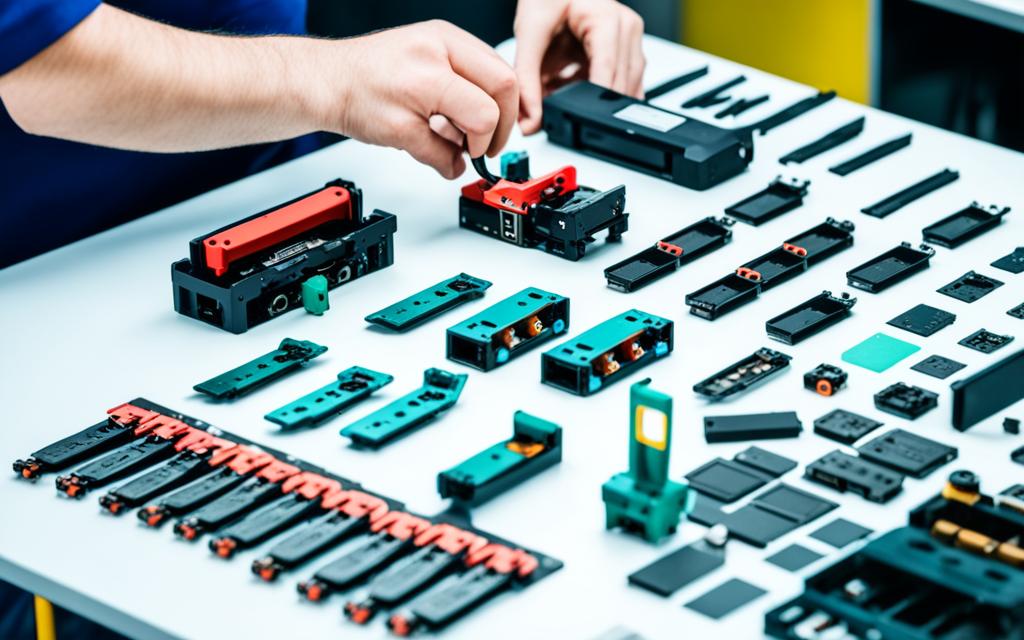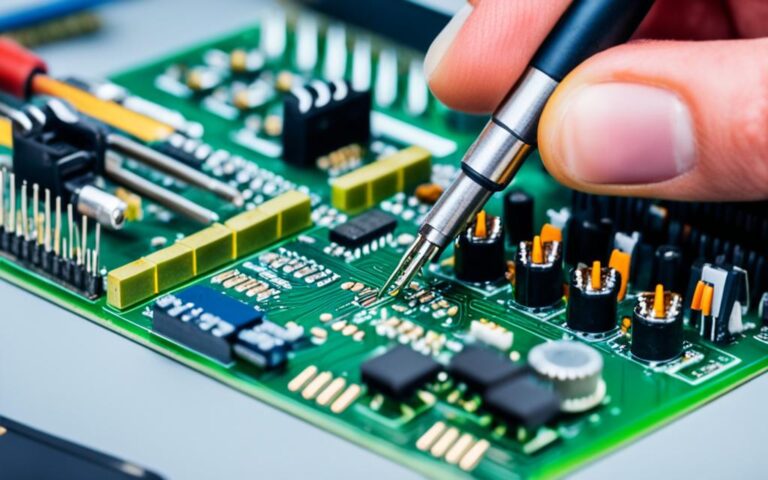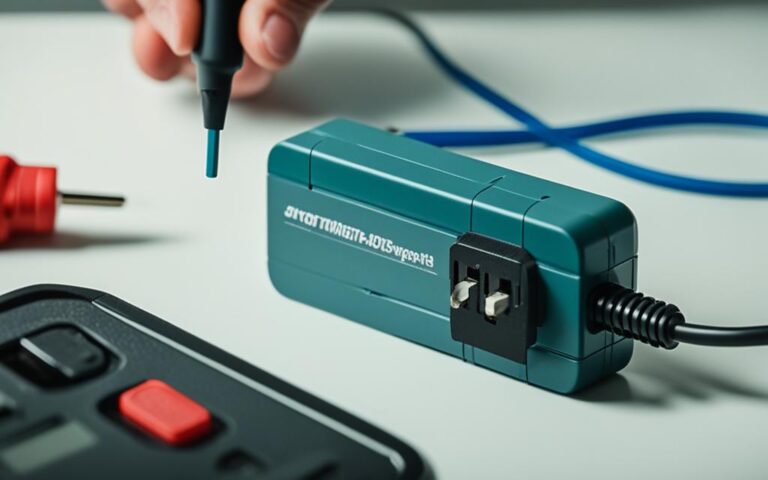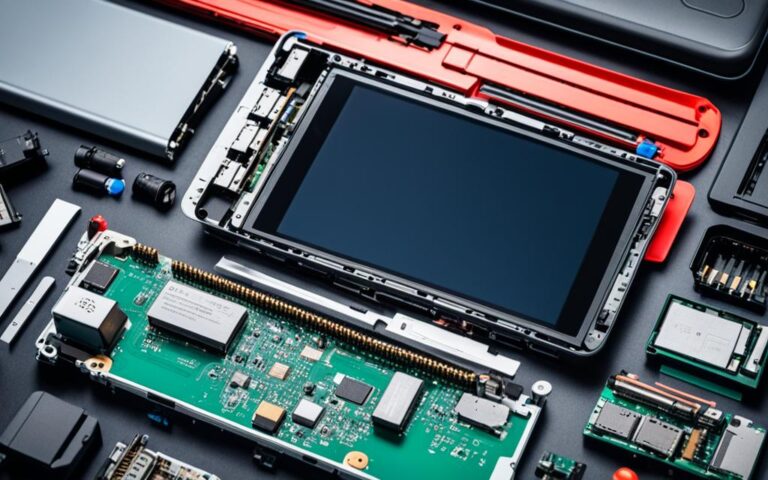The Environmental Impact of Nintendo Switch Repairs: A Sustainable Approach
The Nintendo Switch, a popular gaming console, has a significant environmental impact due to the raw materials used in its production. The extraction and refining processes for these materials result in carbon emissions, water usage, and environmental harm. Additionally, the energy consumption of gaming consoles, including the Nintendo Switch, contributes to significant carbon emissions during use. However, there is a growing awareness of the environmental impact of gaming consoles, and companies like Nintendo are taking steps to reduce their carbon footprint and promote sustainability in the repair and manufacturing process.
In this article, we will explore the environmental impact of Nintendo Switch repairs and discuss the importance of adopting a sustainable approach. We will delve into the raw materials used in the life cycle of the Nintendo Switch, examine the manufacturing processes and their carbon emissions, and highlight the sustainable initiatives undertaken by Nintendo. By understanding the environmental impact of gaming consoles and embracing eco-friendly practices, we can pave the way for a more sustainable and eco-friendly gaming industry.
Raw Materials in the Life Cycle of the Nintendo Switch
The Nintendo Switch is crafted using a combination of metals and plastics. Its internal components, including the printed circuit board, lithium-ion battery, metal skeleton sheet, and heat pipe, rely on minerals such as aluminum, gold, iron, zinc, copper, and silica. The console’s outer layer and shape are formed using acrylonitrile butadiene styrene (ABS) plastic.
The procurement of these raw materials entails mining and extraction processes for metals along with the drilling of oil and natural gas for plastics. Unfortunately, these extraction methods have detrimental effects on the environment, including habitat destruction, waterway pollution, and health risks for nearby communities.
The Environmental Impact of Raw Material Extraction
- Mining activities for metals lead to deforestation and loss of biodiversity.
- Chemicals used in the mining process contaminate surrounding water sources.
- Plastic production relies on fossil fuels, contributing to carbon emissions and climate change.
- Oil drilling poses a risk of spills, damaging ecosystems and marine life.
It’s important to acknowledge the environmental consequences of the Nintendo Switch’s raw material extraction. These processes put a strain on natural resources and have long-lasting effects on ecosystems and communities. Finding sustainable alternatives and improving recycling practices can help reduce these impacts while ensuring the continued enjoyment of gaming consoles.
| Raw Material | Environmental Impact |
|---|---|
| Metals (aluminum, gold, iron, zinc, copper, silica) |
|
| Plastics (acrylonitrile butadiene styrene – ABS) |
|
Manufacturing and Carbon Emissions
The manufacturing phase of the Nintendo Switch involves refining the raw materials and assembling the components. The refinement of metals requires the use of coal combustion, emitting carbon dioxide and mercury, which are harmful to the environment and human health. The manufacturing of the printed circuit board involves the use of solder, a highly toxic material containing tin and lead. The production of the lithium-ion battery utilizes chemicals and solvents, such as N-methylpyrrolidone, which are also environmentally hazardous. These manufacturing processes contribute to the carbon footprint and environmental pollution associated with the Nintendo Switch.
Reducing carbon emissions during the manufacturing of gaming consoles, including the Nintendo Switch, is crucial in minimizing environmental pollution and promoting sustainability. Implementing cleaner production methods and adopting environmentally friendly alternatives to toxic materials can significantly reduce the console’s carbon footprint. Embracing renewable energy sources and employing energy-efficient practices in the manufacturing facilities can also contribute to a greener production process.
| Manufacturing Processes | Environmental Impact |
|---|---|
| Raw Material Refining | Carbon emissions, mercury pollution |
| Printed Circuit Board Manufacturing | Lead and tin contamination |
| Lithium-ion Battery Production | Chemical and solvent pollution |
By prioritizing sustainable manufacturing practices and investing in research and development for cleaner and greener technologies, companies like Nintendo can play a crucial role in reducing the environmental impact of gaming consoles. The implementation of eco-friendly manufacturing processes and the adoption of renewable energy sources can contribute to a more sustainable future for the gaming industry.
Sustainable Initiatives by Nintendo
Nintendo is dedicated to minimizing its environmental impact and promoting sustainability through a range of initiatives. The company recognizes the importance of adopting eco-friendly practices in various aspects of its operations, including transportation and packaging.
Transportation Efficiency
In terms of transportation, Nintendo is committed to utilizing energy-efficient modes of transportation to reduce greenhouse gas emissions. The company actively promotes the use of cars and trains, which have lower carbon footprints compared to other modes of transportation. By prioritizing transportation efficiency, Nintendo aims to contribute to a greener future.
Eco-Friendly Packaging
Nintendo places great emphasis on sustainable packaging practices. The company utilizes recyclable paper and plastic materials in its packaging process, reducing its environmental impact. Moreover, Nintendo employs vegetable-based inks for printing, ensuring that the inks are biodegradable and eco-friendly. These packaging initiatives showcase Nintendo’s commitment to minimizing waste and promoting sustainability.
“Our commitment to sustainable practices extends to our packaging and transportation efforts. We aim to minimize waste and reduce carbon emissions throughout our supply chain, prioritizing eco-friendly alternatives.”
By adopting these sustainable initiatives, Nintendo leads by example in the gaming industry. The company’s dedication to transportation efficiency and eco-friendly packaging not only reduces its environmental impact but also inspires other companies to follow suit. Nintendo demonstrates its commitment to sustainable practices, making a positive contribution to the preservation of our planet.
Conclusion
The environmental impact of the Nintendo Switch and other gaming consoles is significant. From the extraction of raw materials to the manufacturing process and energy consumption, the production and use of these consoles contribute to environmental harm. However, companies like Nintendo are recognizing the need for sustainable practices and are implementing initiatives to reduce their carbon footprint.
By promoting eco-friendly packaging, transportation efficiency, and the use of recyclable materials, Nintendo is taking steps towards a more sustainable approach to manufacturing and gaming. These efforts contribute to the overall goal of minimizing the environmental impact associated with gaming consoles.
Sustainable Nintendo Switch Repair plays a crucial role in minimizing the environmental impact. By repairing rather than replacing, gamers can extend the lifespan of their consoles and reduce electronic waste. This, in turn, helps to conserve resources, reduces the energy required for manufacturing new consoles, and lowers greenhouse gas emissions.
With a growing awareness of the environmental impact of gaming consoles, it is essential for both companies and consumers to embrace eco-friendly gaming practices. By choosing sustainable Nintendo Switch Repair and supporting companies that prioritize sustainability, gamers can contribute to a healthier and more eco-conscious gaming industry.












